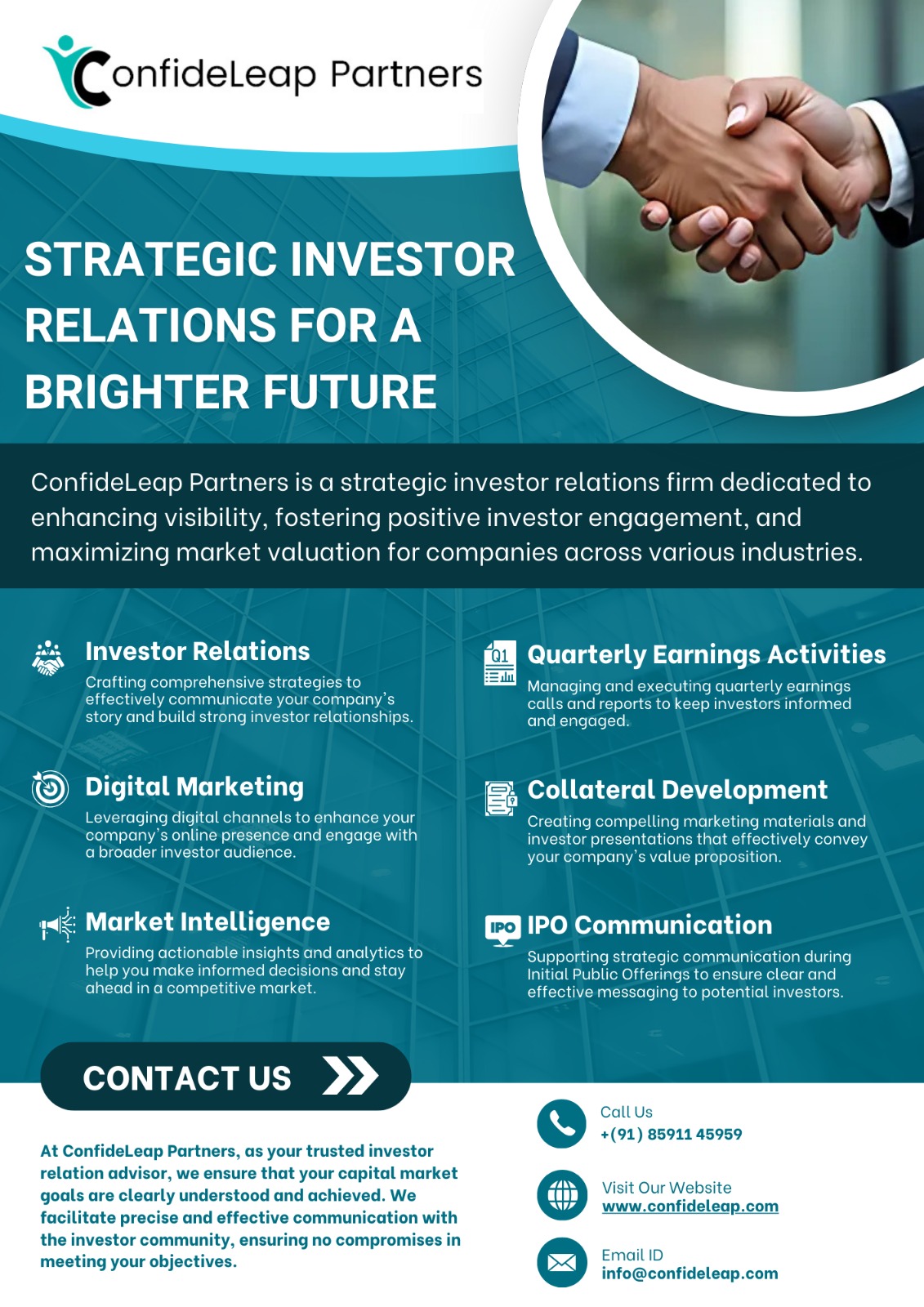Supported by the glimmering success trail that multinational giants leave in their wake, shareholding dynamics have come to be regarded as the leading indicator of the health and growth potential of any corporate entity in today’s fast-evolving corporate landscape. Whether you’re a small business owner or a corporate executive, recognizing these trends can offer critical insight into how investors view your company and what the future may hold.
What Are Shareholding Trends?
Shareholding trends are the ownership pattern of a company from the given period. This entails investigating who possesses the shares (promoters, institutional investors, retail investors, or foreign investors) and how their stakes change. Keeping track of these trends is important because they indicate the confidence of stakeholders and the sentiment towards the company.
What Shareholding Trends Show Us?
Investor Confidence
An increase in institutional investors or foreign investors usually indicates an increasing level of confidence in your business. These investors do extensive due diligence, and their attention can draw other stakeholders. However, a steady decline in promoter holdings can signal a problem on the front of internal confidence.
Growth Potential
Trends in shareholding are often correlated with a company’s growth prospects. High levels of retail investor interest could reflect positive market sentiment after strong earnings and plans for future expansion. By contrast, shrinking stakes by important shareholders could indicate concerns about growth or profitability.
Market Sentiment
Trends show you how the market views your company in relation to your peers. A good shareholding pattern, such as higher institutional ownership, indicates that your Investor relation advisory company is seen as a more reliable and stable investment.
Corporate Governance
Good corporate governance is characterized by a diversified and balanced shareholding pattern. If one player wields too much power, it could serve as a warning sign about decision-making that does not benefit every owner of a company.
Industry Trends
Monitoring sector-specific shareholding trends can also offer a wider-scale view. For example, if institutional investors are increasing stakes in your industry at a higher than historical pace, it means there is likely sectoral growth and your company is likely to benefit from being part of the ecosystem.
How You Can Use Share Ownership Trends?
Communicate with Stakeholders
Timely disclosure to investors and potential investors regarding changes in shareholding patterns. Being transparent is an effective way to create trust and establish long-term relationships.
Enhance Investor Relations
Ensure you have a plan in place to attract both institutional and retail investors. Communicate your company’s unique value proposition and growth story through presentations, reports, and direct engagement.
Adapt Corporate Strategies
Leverage shareholding trends as a feedback loop to refine or adjust your business strategies. If, for example, there is a declining interest from institutions, investigate whether it’s related to financial performance, governance, or market conditions.
Benchmark Against Peers
You can compare your shareholding patterns with competitors to gain actionable insights. Are your peers getting favored by foreign clients? Know why, and adjust your strategy to align with market expectations.
Conclusion
A steady hand on the shareholding trends helps you get an insight into how your company is perceived in terms of its value and future growth potential. Understanding these trends will help you gauge investor sentiment, improve relations with investors, and make strategic decisions that will help you improve your company’s reputation.
By continuing to monitor and respond to such trends proactively, companies can be even more competitive, trusted, and set up for long-term success.
When you concentrate on the signals found within the nuances of shareholding patterns, you’re interpreting much more than numbers: you’re crafting a narrative of growth and resilience for your organization.





